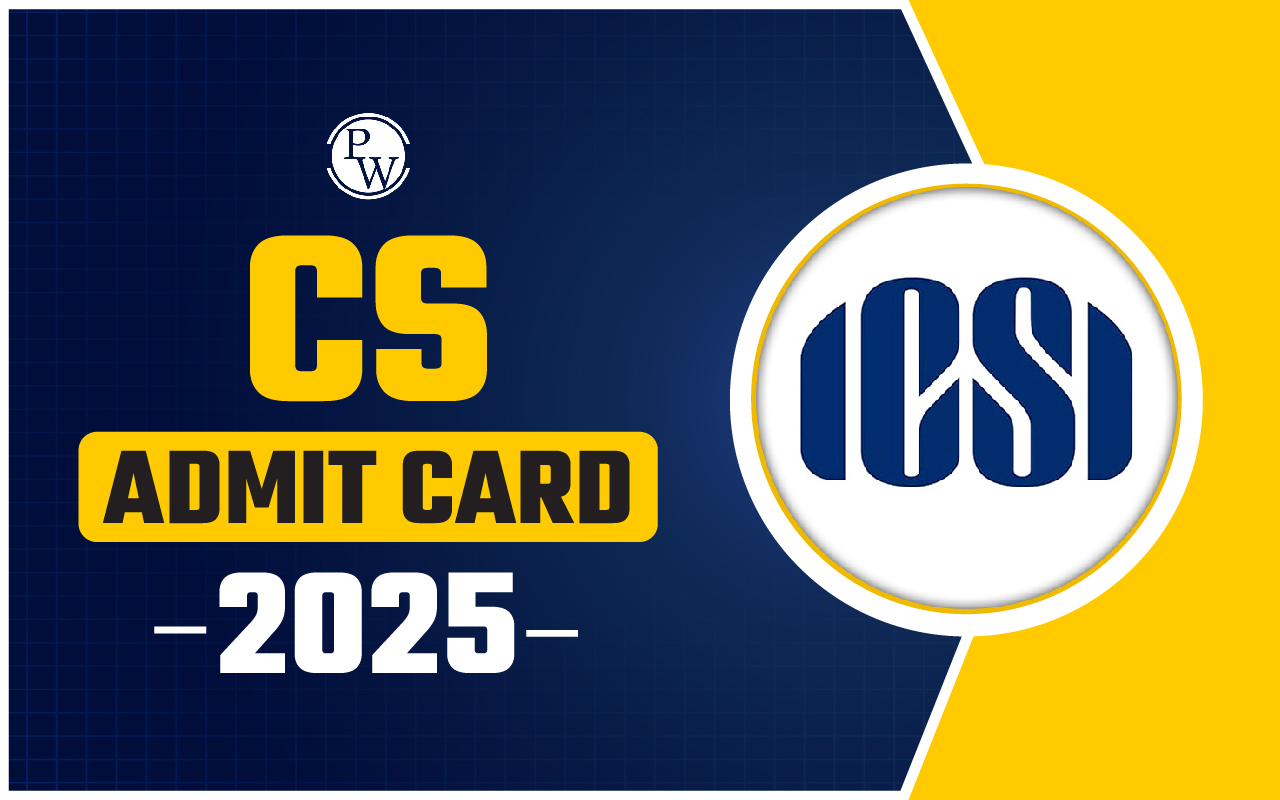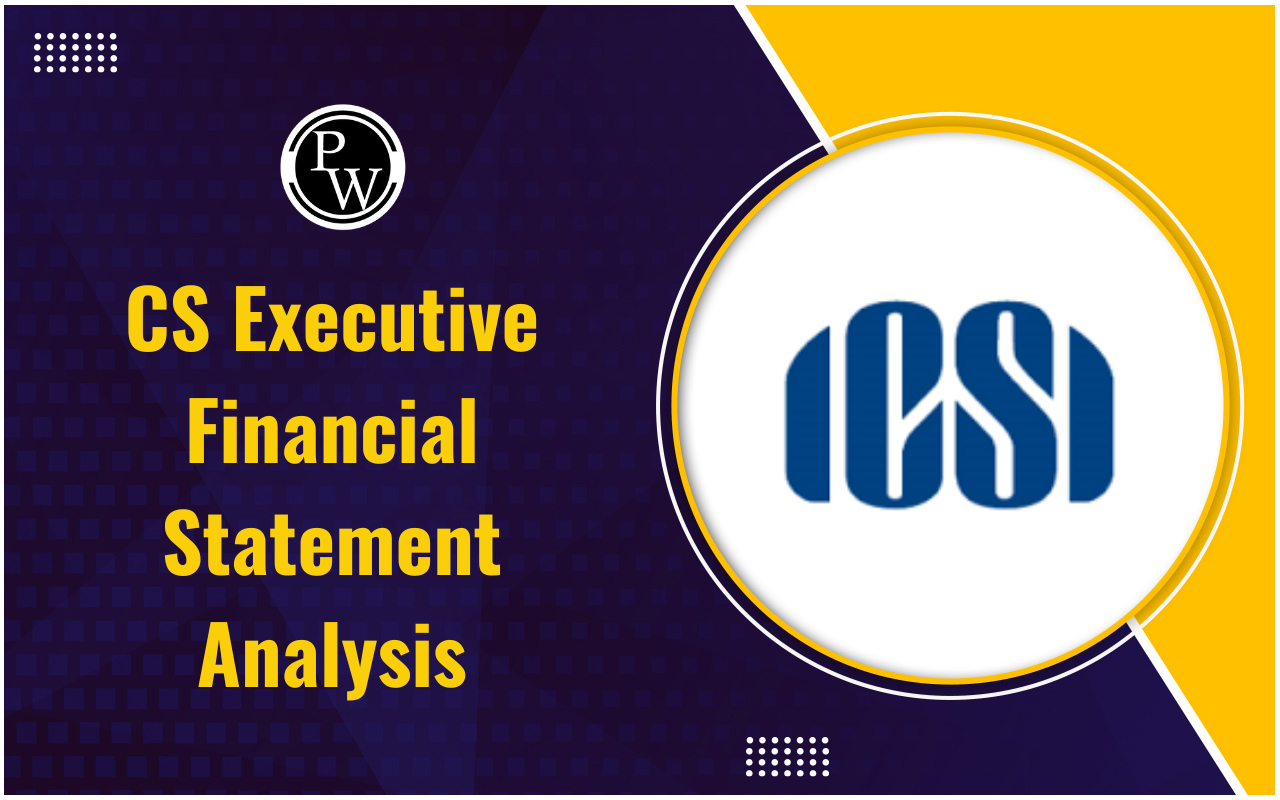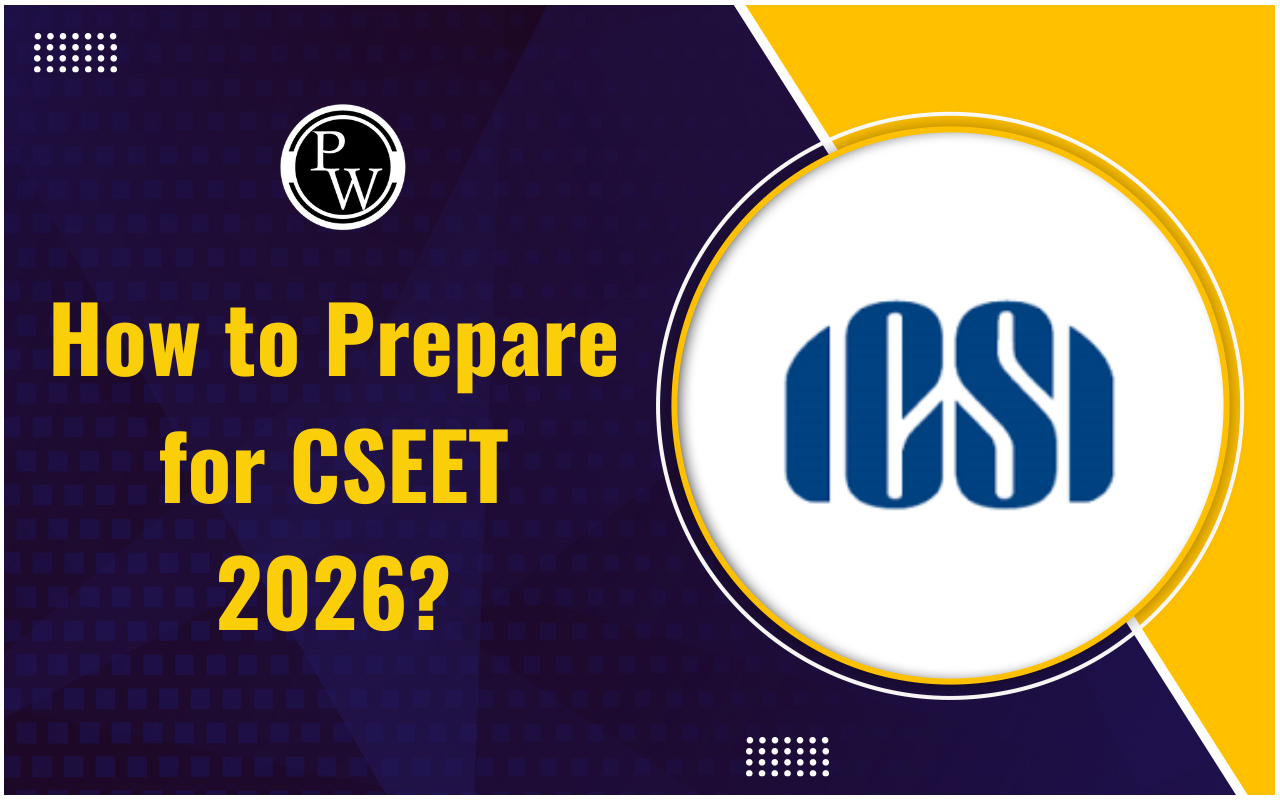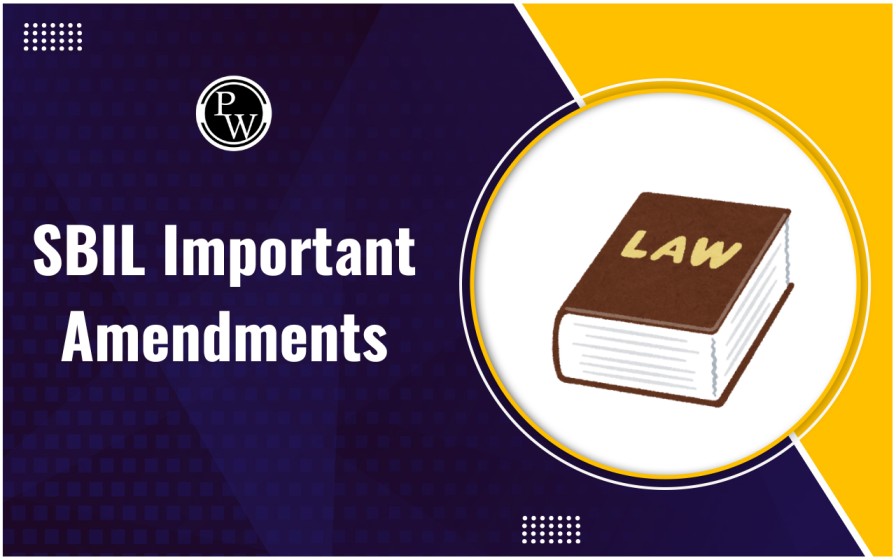
Time Place and Value of Supply Under GST: The Goods and Services Tax (GST) regime in India is a comprehensive indirect tax on manufacturing, selling, and consuming goods and services. It is designed to make the taxation process more transparent, efficient, and straightforward.
At the heart of GST are three critical concepts: time, place, and supply value. These elements determine the applicable tax rate, the due date for tax payment, and the taxable value on which GST is levied. Understanding these aspects is essential for businesses to ensure compliance, accurate tax calculation, and timely payment.What Does Time of Supply for Goods and Services Mean?
The time of supply refers to the specific point when goods or services are considered supplied. It determines the due date for GST payment and the period for which GST returns must be filed. The rules for determining the time of supply differ for goods and services are discussed below.For Goods:
- Date of Invoice: The date when the invoice is issued.
- Date of Payment: The date when payment is received.
- Last Date of Invoice Issuance: The final date the invoice should have been issued.
For Services:
- Invoice Issue Date: The date when the invoice is issued.
- Date of Payment: The date when payment is received.
- Date of Service Provision: If the invoice is not issued within the prescribed period, the date when the service was provided.
Read Also: Laws Governing Depositories and Depository Participants
The Reverse Charge Mechanism Rules
In cases where the reverse charge applies, the time of supply for the recipient is the earliest of the: Date of Payment- 30 Days from Invoice Date: For goods.
- 60 Days from Invoice Date: For services.
What Does Place of Supply for Goods and Services Mean?
The place of supply determines whether a transaction is intra-state or inter-state, affecting the applicable tax rate (CGST/SGST for intra-state and IGST for inter-state transactions). Correctly determining the place of supply is crucial for charging the correct type of GST and ensuring compliance.For Goods:
- Movement of Goods: The place where the goods are delivered.
- No Movement of Goods: The place where the goods are located at delivery time.
- Goods Assembled or Installed: The place where the installation is done.
- Goods Supplied via Conveyance: The place where the goods are onboarded.
For Services:
- General Rule: The location of the recipient of services.
- Unregistered Dealer: If the recipient is unregistered and their location is unavailable, the place of supply is the service provider's location.
- Immovable Property: The location of the property for related services.
What Does Value of Supply for Goods and Services Mean?
The supply value is the amount the seller collects for the goods or services. It is crucial to determine the correct GST amount. The value includes various components such as the basic price, incidental charges (packing, freight, insurance), and any other taxes except GST. For example, if the base price of a mobile phone is Rs 10,000, with additional packing charges of Rs 100 and transport charges of Rs 50, the supply value is Rs 10,150. GST is then calculated on this amount. Accurately determining the value of supply is critical for calculating GST correctly. This ensures that the tax base is accurate and that businesses collect and remit the right amount of GST.What are the Practical Implications and Compliance Strategies?
Understanding the time, place, and value of supply under GST is crucial for businesses, but how does this knowledge translate into practical actions? Here are some critical implications and compliance strategies that can help companies navigate the complexities of GST effectively:Accurate Record-Keeping
Maintaining meticulous records of invoices, payments, and supply dates is crucial for correctly determining the time, place, and value of supply. Businesses should ensure they have robust systems to capture and store this information. This not only aids in compliance but also helps in case of audits or disputes.Automation and Technology
Accounting and GST software can automate calculating the time, place, and value of supply. Tools like Razorpay Invoices help businesses create GST-compliant invoices easily, ensuring accurate tax calculation and timely payment. Automation reduces the risk of human error and streamlines the tax compliance process.Regular Review and Updates
GST laws and regulations can change, and businesses must stay updated with the latest rules. Regular reviews of transactions and compliance strategies can help ensure the company remains compliant. Consulting with tax professionals or using professional services can provide the necessary expertise and keep the business informed of changes.Understanding Specific Scenarios
Special provisions may apply in specific scenarios, such as services related to immovable property, restaurant services, admission to events, transportation of goods and passengers, telecom services, and banking, financial, and insurance services. Businesses in these sectors should pay special attention to the rules governing the place of supply.Impact on Cash Flow Management
Understanding the time, place, and value of supply also impacts cash flow management. Knowing when GST is due helps businesses plan for tax payments, ensuring sufficient funds are available. This can prevent last-minute scrambles for cash and helps maintain smooth financial operations.Claiming Input Tax Credit (ITC)
Accurate determination of the time, place, and value of supply is essential for claiming ITC. ITC allows businesses to reduce their GST liability by claiming credit for the GST paid on purchases. Ensuring the supply value is accurately recorded and correctly calculated GST helps maximize ITC claims and reduce overall tax liability. Understanding the time, place, and value of supply is fundamental for businesses to achieve accurate GST compliance. This blog highlights the importance of these concepts in determining the correct tax rate, ensuring timely tax payments, and facilitating accurate GST return filings. Proper knowledge and application ultimately aid in smooth business operations and effective financial planning.Time, Place and Value of Supply Under GST FAQ
What constitutes the value of supply for services under GST?
The value of supply includes the amount charged for the service, any incidental expenses such as packing or freight, and any other taxes or fees (excluding GST) related to the service.
Are advances received for services taxable under GST?
Yes, advances received for services are taxable under GST. The time of supply for such advances is the date of receipt of the advance payment.
How are additional payments such as interest or late fees treated under GST?
Additional payments such as interest, late fees, or penalties for delayed payment of consideration are included in the supply value. The time of supply for these amounts is the date on which the supplier receives such payments.
What are the implications of incorrect determination of the place of supply?
Incorrect determination of the place of supply can lead to the wrong application of CGST, SGST, or IGST, resulting in compliance issues and potential penalties from tax authorities.
🔥 Trending Blogs
Talk to a counsellorHave doubts? Our support team will be happy to assist you!

Free Learning Resources
PW Books
Notes (Class 10-12)
PW Study Materials
Notes (Class 6-9)
Ncert Solutions
Govt Exams
Class 6th to 12th Online Courses
Govt Job Exams Courses
UPSC Coaching
Defence Exam Coaching
Gate Exam Coaching
Other Exams
Know about Physics Wallah
Physics Wallah is an Indian edtech platform that provides accessible & comprehensive learning experiences to students from Class 6th to postgraduate level. We also provide extensive NCERT solutions, sample paper, NEET, JEE Mains, BITSAT previous year papers & more such resources to students. Physics Wallah also caters to over 3.5 million registered students and over 78 lakh+ Youtube subscribers with 4.8 rating on its app.
We Stand Out because
We provide students with intensive courses with India’s qualified & experienced faculties & mentors. PW strives to make the learning experience comprehensive and accessible for students of all sections of society. We believe in empowering every single student who couldn't dream of a good career in engineering and medical field earlier.
Our Key Focus Areas
Physics Wallah's main focus is to make the learning experience as economical as possible for all students. With our affordable courses like Lakshya, Udaan and Arjuna and many others, we have been able to provide a platform for lakhs of aspirants. From providing Chemistry, Maths, Physics formula to giving e-books of eminent authors like RD Sharma, RS Aggarwal and Lakhmir Singh, PW focuses on every single student's need for preparation.
What Makes Us Different
Physics Wallah strives to develop a comprehensive pedagogical structure for students, where they get a state-of-the-art learning experience with study material and resources. Apart from catering students preparing for JEE Mains and NEET, PW also provides study material for each state board like Uttar Pradesh, Bihar, and others
Copyright © 2025 Physicswallah Limited All rights reserved.
Get App









